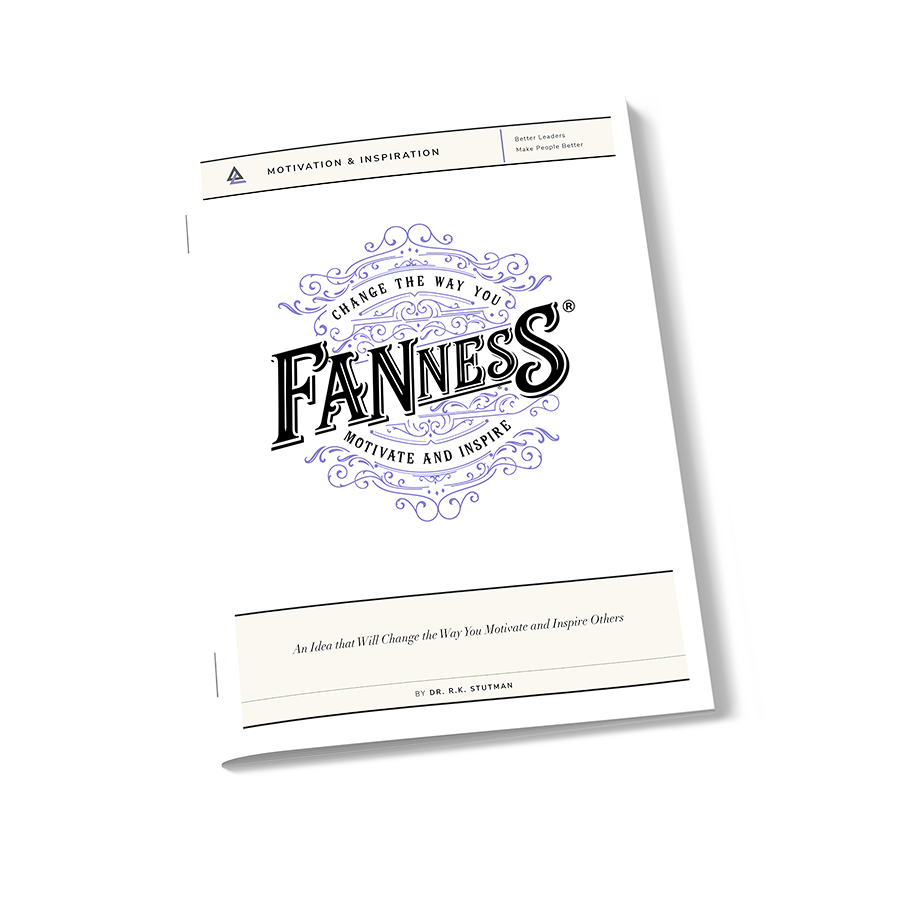It is quite common for top performers to reach a level of performance where they stop making gains in their skills, outcomes, and insights.
When they reach this plateau, they seem incapable of improving any further. Psychologists call this stall in improvement “arrested development,” and it happens to just about everyone at some point.
As long as team members and performers continue to do what has taken them this far, they are doomed to flatline in their progress. Whatever got them to the high performance they currently enjoy is not enough to propel them forward. By doing the same things they have always done, their progress soon slows and then hits a wall.
Jumping over the hurdle of stagnation requires a new approach. Changing one or more of five elements can reinvigorate the development process. Top performers do their best to address all five.
Most importantly, those who have reached a plateau need to set new goals and expectations. Setting goals and focusing on areas that have received little attention can produce new results.
New process goals (the actions that give rise to performance) can often shake things loose. In either case, new goals need to create some discomfort and expand what performers expect from themselves.
New ways of training and practicing can also recharge growth. When performers reach a performance plateau, it is common for practice to be routine and come without much struggle. Working on the same routines and drills doesn’t encourage new learning. Unless the practice is much more difficult, it likely isn’t helping much. In fact, if practice is enjoyable, it probably isn’t hard enough.
Research on performers who reach a performance plateau shows that top performers can break free byfixating more on their biggest weaknesses.
Whereas high performance normally benefits most from amplifying strengths, in times of stagnation, weaknesses offer the greatest advantage. By taking a fresh look at the root cause of weaknesses and working hard to correct them, the redirection can often lead to new progress.
Those who are stuck in their development can also benefit from a new source of feedback. Finding a new voice, coach, or instructor (at least temporarily) is a great way to reset and discover a springboard.
Because this new mentor or coach will likely focus on ideas and practices you’re not familiar with, this can be just the push you need to elevate your development.
Most top performers also have a routine for when they engage in reflection and take apart their performance piece by piece. The insight gained in this reflection allows them to see what might be missing, areas to address, or areas to amplify. Typically, this reflection routine occurs before, during, or after performance.
For those who have reached a development plateau, it may make sense to change the timing of this routine. For instance, those performers who commonly reflect and dissect after performance might find it more advantageous to try it before performance or during the performance itself.
This change in timing can lead to different insights and learnings, thereby breaking through the development roadblock.
Plateaus are okay to visit, but no one wants to live there. Top performers and team members will do what it takes to reach the next level of mastery. Anything else is quicksand.

